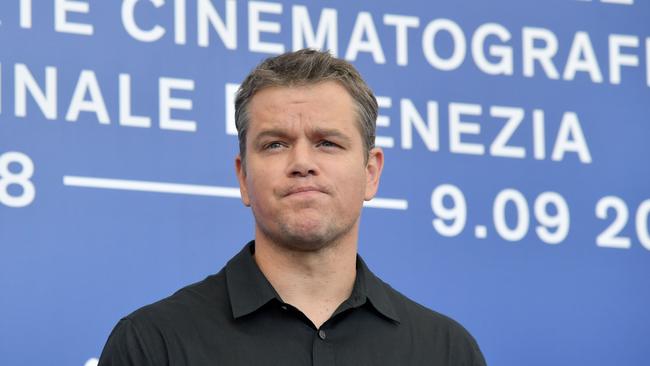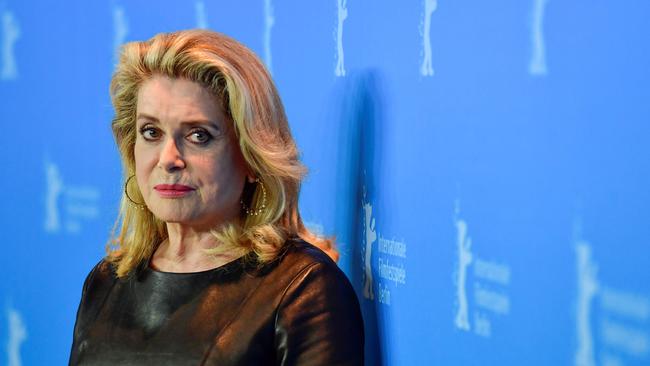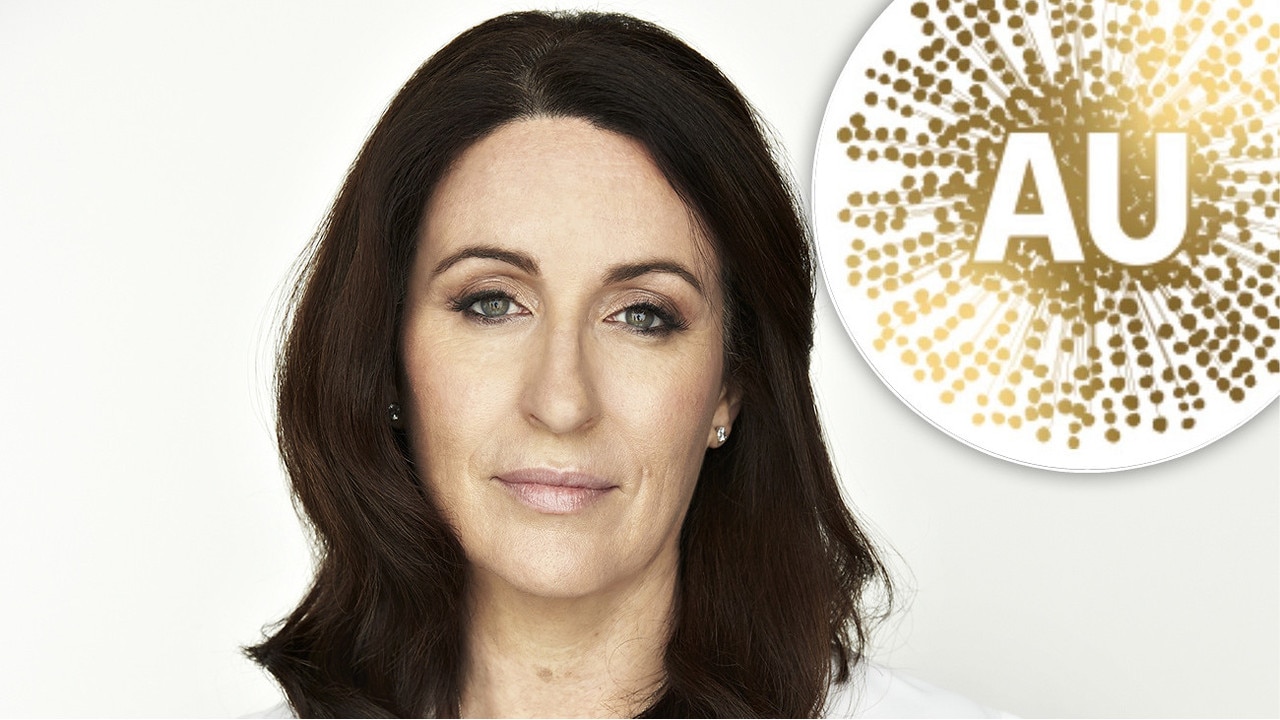#MeToo movement must strive for more balance
THE effort against sexual harassment is stoking anger, and setting men and women against each other, writes Karen Brooks.
Rendezview
Don't miss out on the headlines from Rendezview. Followed categories will be added to My News.
TWO worrying trends have emerged from the #MeToo movement (now complimented by #TimesUp, designed to tackle gender inequality and safety in the workplace) that arose in the wake of the Harvey Weinstein scandal.
The first is the extreme reactions, naming, shaming and victim-count it has unleashed and, secondly, the real fears around how healthy sexual and gender relations might proceed from here.
Because this is the first time mostly women have spoken out about the injustices and harassment heaped upon them for decades — how mainly (but not exclusively) men have used their power for sexual gratification, as a system of personal reward and to control those they perceived beneath them — there’s no rule book or precedents.
Thus, the chaotic nature of responses (particularly in the era of social media and keyboard warriors), and the growing number of victims is inevitable.
This, of course, raises the issue of just who is a victim.
Matt Damon pointed out a pat on the bum is very different to rape or child molestation. He said we need to be careful not to conflate behaviours. There’s a spectrum — not of what’s appropriate or inappropriate — they’re all inappropriate, but of what’s just downright dodgy and try-hard and what’s criminal and socially and morally wrong.
But try clarify this, and you risk being publicly scorched. Damon was excoriated.

The frenzy erupting around those asking for balance in reporting, the ways in which largely men are being exposed as predators without, as Jane Fynes-Clinton argued in an excellent piece last week, the benefit of justice and/or unequivocal proof, is breathtaking.
It doesn’t mean the women (or men) speaking out are disbelieved. Asking for the wheels of justice to roll and fair-mindedness isn’t trying to discredit them. It’s ensuring a judicious outcome.
Ready to name and disgrace alleged culprits, there are some treating this not as an opportunity to finally expose shocking conduct and the toll it has taken personally and professionally, to be finally heard and believed, but for payback and revenge.
This makes a mockery of real abuse and distress and further persecutes genuine victims.
At the 75th Golden Globes, the Hollywood elite donned black in solidarity and as a warning to offenders yet to be unearthed.
Described as “virtue-signalling” by critics, it also indicated that the culture in which this unacceptable behaviour thrives will no longer be tolerated. Australian entertainers are considering doing the same at the Logies.
Whether it’s mere tokenism, it’s still a powerful sign and to those who aren’t privileged and influential, it can offer hope that someone is in their corner — they’re not alone.
But shaming those who chose not to wear black serves no purpose, nor does judging those who did as “best or worst” dressed while they’re making a visual statement about treating females as (sexual) objects. That’s simply hypocrisy at its worst.
Policing women’s fashion choices, especially politicised ones, undermines the whole enterprise, and reveals the degree to which women and men can be complicit in their own subjugation — or at least that of others.
#MeToo has also seen fears around contemporary romance, courtship and even normal gender relations arise.
Journalist, Claire Berlinski, describes #MeToo as having turned into “a moral panic that poses as much danger to women as it does to men”. The question now being asked post-#MeToo is how does a man or woman approach someone they’re attracted to without running the risk of finding their name exposed to the wider world? Their reputation and career ruined?
Are we living in a time when a comforting hug at the office might be construed as harassment?

These qualms are what prompted the letter from “100 influential Frenchwomen” who expressed concern at the degree to which something as simple as flirting is being constructed as a crime.
Prompting mixed reactions, the letter nonetheless shows how anxious people are becoming, how the campaign is collecting those who don’t deserve to lumped in with abusers and genuine harassers in its powerful wake.
On the one hand, the answer to contemporary courtship/flirting is easy. Don’t be a sleazy jerk. Don’t humiliate. Be respectful. Or, as Jessica Valenti put it, “Don’t show us your dicks unless asked.”
Decent men and women don’t provoke accusations. Decent men and women don’t make them unfairly either.
Consider this as well: even the perhaps not-so-decent men we’re all talking about haven’t had any criminal charges laid… yet.
The #MeToo movement, meant to be something collective to enact positive social change is, because of anger and fear, setting men and women against each other. Against their own sex as well.
Which begs the question, #WhereTo for #MeToo?
Unless we find balance — in reporting, justice served, see evidence of remorse and change, and find some forgiveness — then all this pain, courage, confusion, hurt and exposure will have been for #NoThing.
Dr Karen Brooks is an Honorary Senior Research Fellow, IASH, University of Queensland


